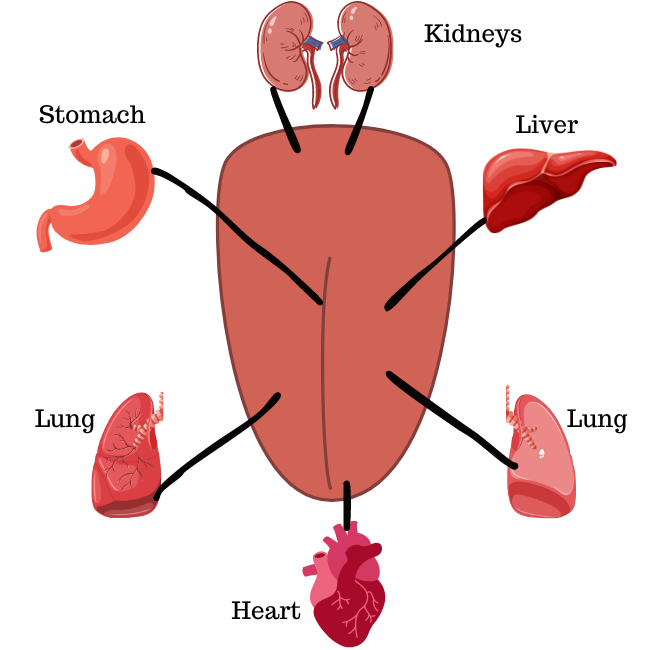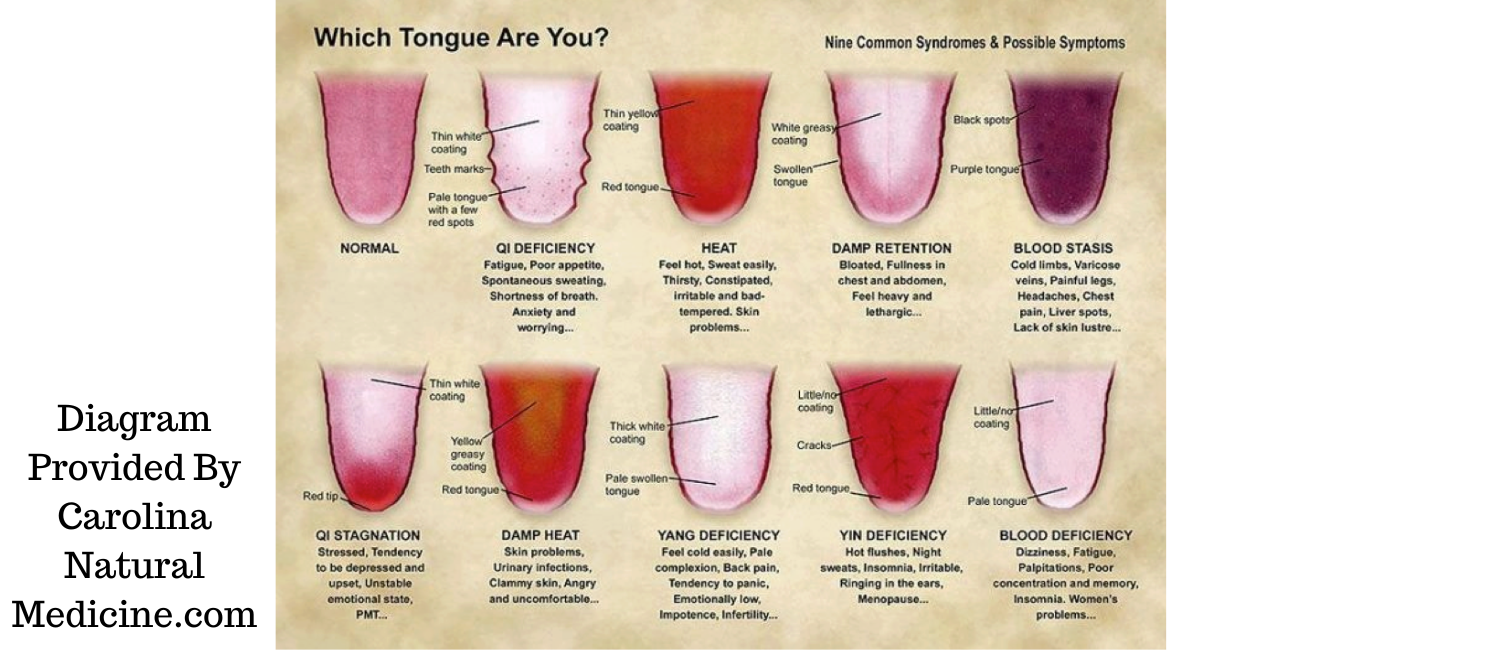“Tongue-Tied” with Knowledge: A Deep Dive into Traditional Chinese Medicine Diagnosis.
Jun 13th 2024
Mastering Traditional Chinese Medicine Tongue Diagnosis:
A Comprehensive Guide
Introduction to Tongue Diagnosis in TCM
Tongue diagnosis is a fascinating and crucial aspect of Traditional Chinese Medicine (TCM), serving as a non-invasive and insightful method to assess a person’s overall health. This ancient practice involves examining various characteristics of the tongue, such as its color, shape, coating, and movement, to gain insights into the body's internal state and identify potential imbalances or health issues.

The Importance of Tongue Diagnosis
In TCM, the tongue is seen as a microcosm of the entire body. Each part of the tongue corresponds to specific internal organs, making it a valuable tool for diagnosing a range of health conditions. For instance, the tip of the tongue is associated with the heart and lungs, the middle part relates to the stomach and spleen, while the root is linked to the kidneys and bladder. By examining these areas, practitioners can detect signs of imbalance or disease in the corresponding organs.
The Significance of Tongue Appearance
Tongue Color and Its Diagnostic Implications
The color of the tongue reveals a wealth of information about the body’s internal state. Different colors indicate various types of imbalances:
- Pale Tongue: Suggests a deficiency in Qi and Blood, often associated with conditions like anemia and chronic fatigue.
- Red Tongue: Points to excess heat in the body, which may relate to inflammation, fever, or hyperactivity of the organs.
- Purple or Bluish Tongue: Indicates blood stasis and poor circulation, often linked to cardiovascular issues or severe pain.
- Yellow Tongue: Typically associated with damp-heat conditions, often seen in liver and digestive disorders.
Tongue Shape: Indicators of Health
The shape of the tongue can highlight different health concerns:
- Swollen Tongue: Suggests damp retention or Qi deficiency, often seen in conditions involving fluid metabolism issues.
- Thin Tongue: Indicates a deficiency of Blood or Yin, pointing to chronic illness or dehydration.
- Cracked Tongue: Signifies a deficiency in Yin or a longstanding condition affecting the internal organs.
- Tooth-Marked Tongue: Reflects Spleen Qi deficiency and may be associated with digestive issues and fatigue.
The Role of Tongue Coating in Diagnosis
Tongue coating provides insights into the body’s digestive health and internal heat levels. The nature of the coating can vary, offering clues to underlying health issues:
- Thick Coating: Indicates excess dampness or phlegm, commonly linked to digestive disturbances and respiratory conditions.
- Thin Coating: Suggests a mild or initial stage of a disease, or a deficiency in the body’s fluids.
- White Coating: Typically associated with cold conditions or dampness in the body, indicating possible issues with digestion or respiratory health.
- Yellow Coating: Points to heat in the body, often related to infections, inflammations, or digestive imbalances.

Diagnostic Techniques in TCM Tongue Examination
Observing Tongue Movement
Tongue movement can also provide valuable diagnostic information:
- Trembling Tongue: Often associated with internal wind or Qi deficiency, common in neurological disorders or severe fatigue.
- Deviated Tongue: Suggests the presence of internal wind, possibly indicating a stroke or nervous system imbalance.
- Stiff Tongue: Reflects internal heat or phlegm obstructing the pathways, commonly seen in febrile diseases or severe conditions like meningitis.
Moisture Levels: Key Indicators
The moisture of the tongue is an indicator of fluid balance in the body:
- Dry Tongue: Indicates Yin deficiency or excess heat, suggesting dehydration or chronic illness.
- Wet Tongue: Reflects excess moisture or phlegm, often seen in conditions involving fluid retention or metabolic disorders.
Integrating Tongue Diagnosis into Holistic TCM Practice
Tongue diagnosis is not a standalone tool but part of a comprehensive TCM diagnostic framework. It complements other diagnostic methods like pulse diagnosis, patient history, and observation of other physical signs. Together, these methods provide a holistic view of the patient's health, guiding practitioners in developing personalized and effective treatment strategies.
Conclusion:
The Art and Science of Tongue Diagnosis in TCM
Tongue diagnosis is a profound reflection of the body’s internal state, providing invaluable insights into health and disease. By carefully analyzing the tongue’s color, shape, coating, and moisture, TCM practitioners can identify imbalances and guide their patients toward holistic wellness. This ancient practice, grounded in centuries of observation and clinical experience, remains a cornerstone of Traditional Chinese Medicine, bridging the gap between ancient wisdom and modern healthcare.
This is your cue to make a move. It is time for you to do your part!
It’s time to head to the mirror, stick out your tongue, and take a thorough look at its color, shape, and movement. This simple practice, known as tongue diagnosis, can provide valuable insights into your overall health. By carefully observing your tongue, you can detect early signs of potential health issues, making it a crucial step in preventive healthcare. Best of all, this method is completely non-invasive and can be easily incorporated into your daily routine. Regular tongue examinations can help you stay on top of your health, offering a window into your body’s well-being without any discomfort or inconvenience.


